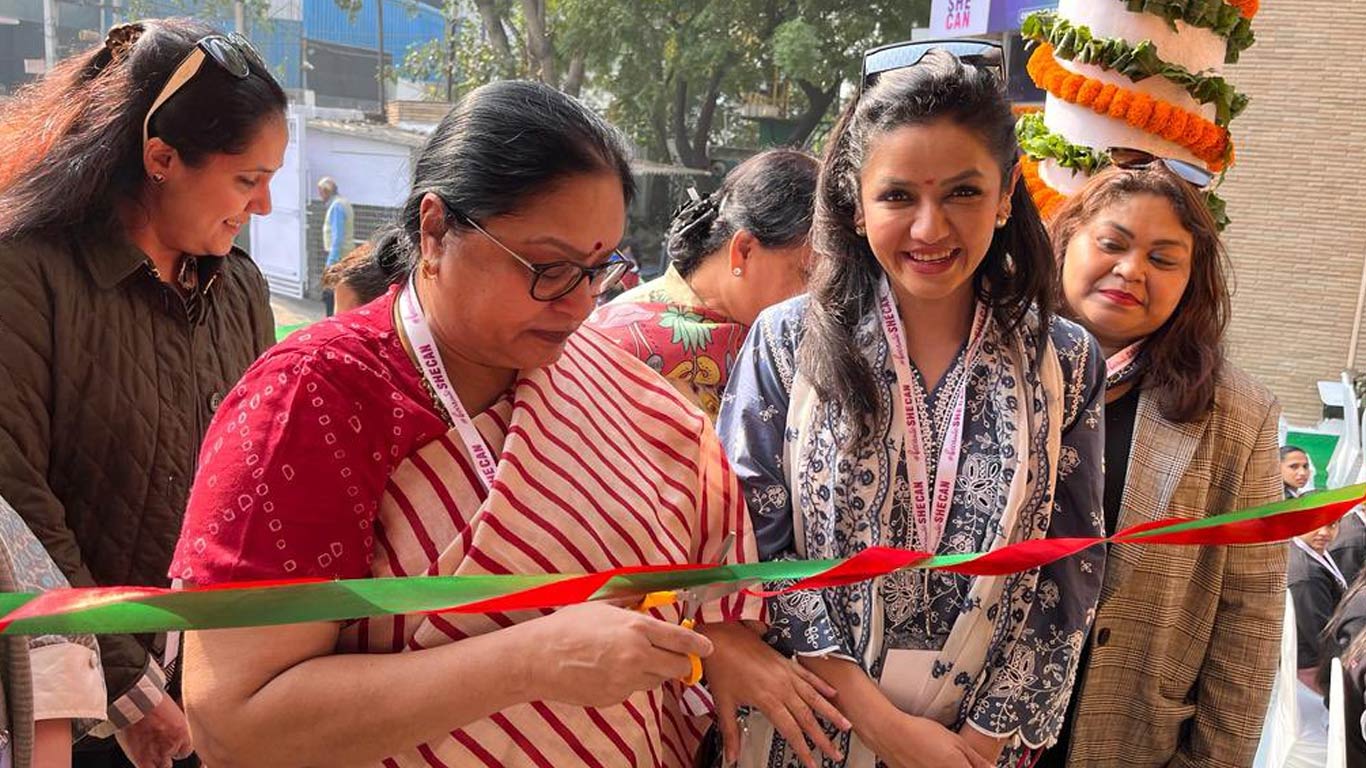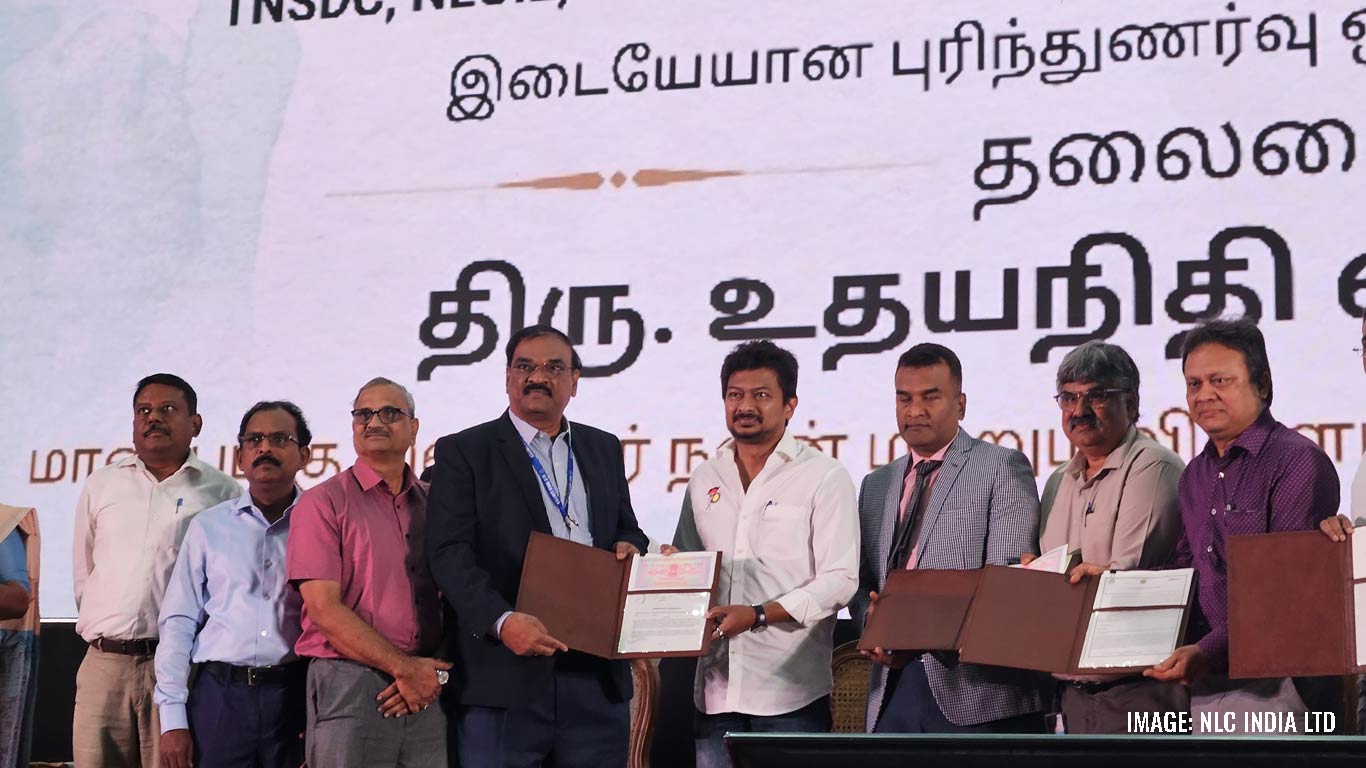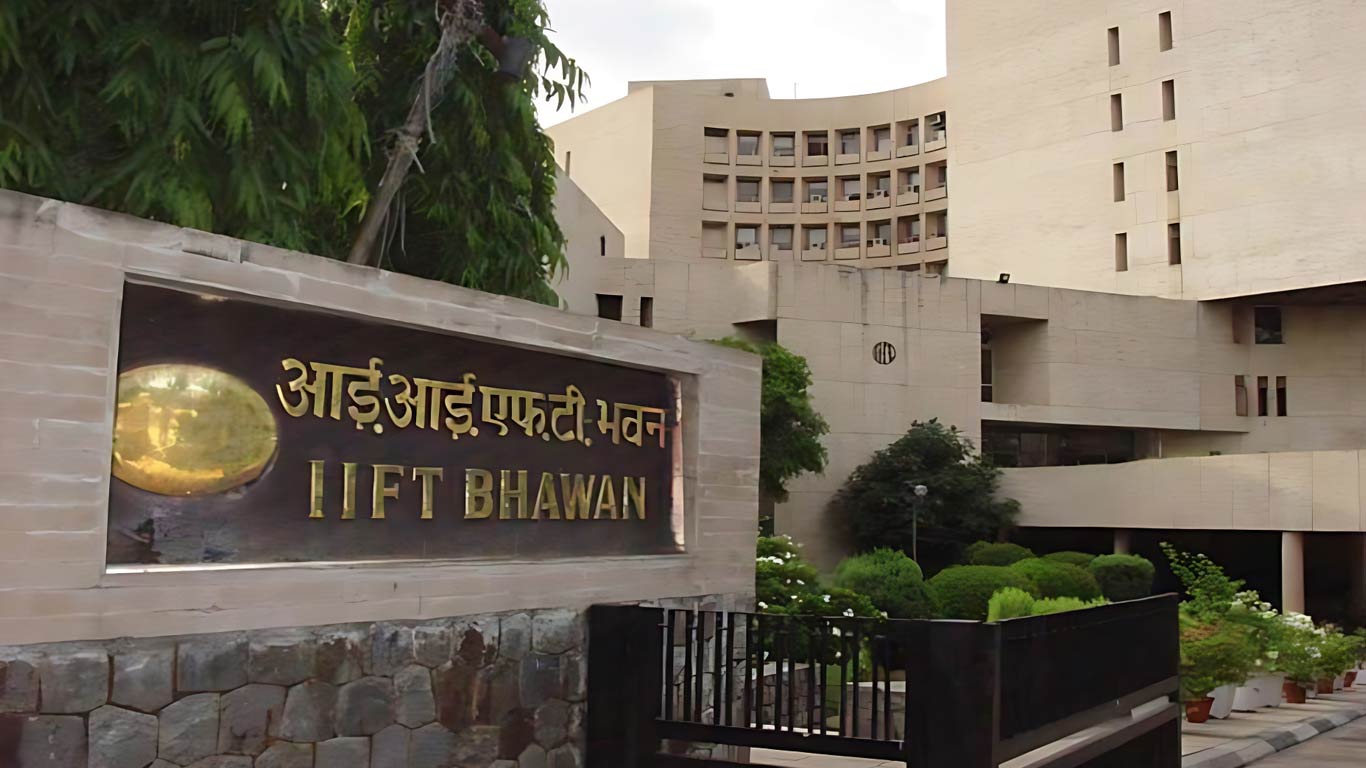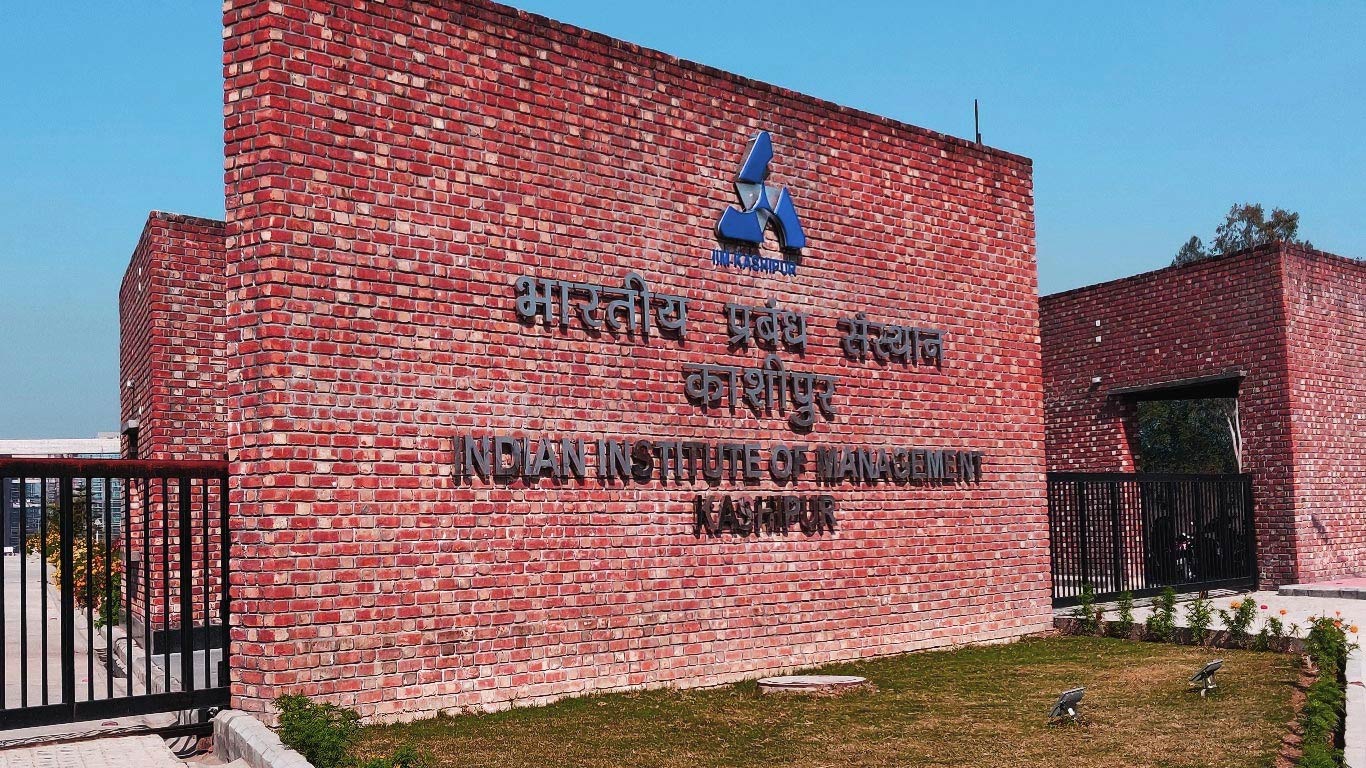NIT students to pursue PhD in IITs
Updated: Nov 07, 2013 04:07:27pm

Under this recommendation, those scholars pursuing PhD programme in IITs would also be appointed on contract to teach in an NIT while pursuing their masters cum PhD degree.
“I would urge careful consideration of this recommendation in an expeditious manner,” the Prime Minister said at a conference of Directors of NITs convened by President Pranab Mukherjee at the Rashtrapati Bhavan.
Singh said that the Kakodkar Committee recommendation for periodical external institutional evaluation of NITs “would help improving quality of teaching and research.”
Institutions of national importance, the National Institutes of Technology (NITs) contribute substantially to the technical man-power requirements of the country’s expanding economy. This is evident from the fact that in the year 2012-13, their intake of undergraduate students was over 15000 and that of post-graduate students about 11000.
Today there are as many as 30 NITs, autonomous to certain degree, which are expected to produce engineering graduates comparable in quality to those produced by premier institutions like the Indian Institutes of Technology.
Compared to a few years ago, the number of student studying in NITs has gone up considerably as also the number of PhD awarded. In addition foreign students are now being admitted into the institutions that encourage research and development, and enhance collaboration and partnership with industry.
The PM referred to the 11th Plan during which 65 new Central Institutions were established, including 21 Central Universities, 8 Indian Institutes of Technology, 7 Indian Institutes of Management, 5 Indian Institutes of Science Education and Research, 2 Schools of Planning and Architecture, and 10 National Institutes of Technology.
Further, enrolment in higher education grew from about 166 lakh to about 260 lakh during the Plan period. While the Gross Enrolment Ratio or GER for higher education grew from 12.3 per cent in 2006-2007 to 17.9 per cent in 2011-12, the growth of enrolment in engineering saw a phenomenal 25 per cent increase during the Eleventh Plan.
Stressing that skilled workforce was critical for rapid socio-economic progress of the country, Singh said, “It is essential to improve access to education and also its quality if we are to take full advantage of the large proportion of young men and women in our population.” (KNN/ES)











